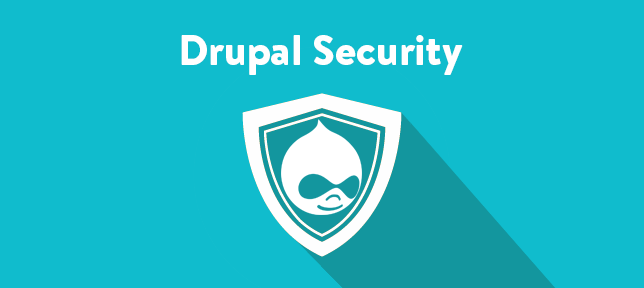Navigating Drupal 7's End of Life: Ensuring a Smooth Transition

Introduction
As technology continually evolves, so too must the software that powers our websites. Drupal, one of the leading content management systems (CMS), has announced the final extension of the end of life for Drupal 7 on January 5, 2025. This announcement has significant implications for website owners and administrators who are currently utilizing Drupal 7. In this article, we will explore what Drupal 7's end of life means, the potential risks of not transitioning, and essential steps to ensure a smooth migration to a supported version.
Understanding Drupal 7's End of Life
Drupal 7, released in 2011, has been a popular and reliable CMS that has supported countless websites over the years. However, as technology advances and security threats evolve, software versions eventually reach their end of life. When a CMS version reaches its end of life, it means that it will no longer receive official support and security updates from the Drupal community.
Key Considerations and Risks
Continuing to run a website on Drupal 7 beyond its end of life carries several risks and challenges:
- Security vulnerabilities: Without official security updates, Drupal 7 websites may become increasingly susceptible to new security threats. As hackers discover and exploit vulnerabilities, your website could be compromised, potentially leading to data breaches, unauthorized access, and other security incidents.
- Compliance concerns: Organizations operating in regulated industries, such as healthcare or finance, must adhere to specific compliance standards (e.g., HIPAA, GDPR). Running a website on an unsupported CMS version could lead to compliance violations, resulting in penalties and reputational damage.
- Limited functionality and innovation: As newer versions of Drupal and Backdrop are released, they introduce improved features, enhanced performance, and more robust capabilities. Sticking with Drupal 7 means missing out on these advancements, which could impact your website's user experience, functionality, and overall competitiveness.
Steps for a Smooth Migration
To navigate Drupal 7's end of life and ensure a seamless transition, follow these essential steps:
- Evaluate your website: Begin by assessing your current Drupal 7 website. Identify its core functionalities, modules, themes, and customizations. Determine what needs to be migrated, what can be retired, and any new features you may want to incorporate in the updated version.
- Choose a migration path: Evaluate the available options for migrating from Drupal 7. Backdrop and Drupal 10 are the logical successors, but depending on your website's complexity and requirements, other CMS platforms might be worth considering as well. Conduct thorough research and consult with AltaGrade to determine the best migration path for your specific needs.
- Plan your migration strategy: Developing a comprehensive migration plan is crucial to minimize downtime and ensure a smooth transition. Consider factors such as data migration, content mapping, theme redesign, module replacements, and user training. Collaborate with your development team or engage AltaGrade to assist with the process.
- Test, test, test: Before going live with the migrated website, thoroughly test the new version to identify and address any issues or discrepancies. Test functionality, user workflows, forms, integrations, and performance to ensure a seamless user experience post-migration.
- Train your team: Introduce your team to Backdrop or Drupal 10 and provide training on the new features and functionalities. Familiarize them with any changes in the administrative interface to ensure a smooth transition and ongoing management of the website.
- Implement security measures: As you migrate to Backdrop or Drupal 10, take the opportunity to implement robust security measures. Utilize best practices such as strong passwords, regular updates, security monitoring, and access control to enhance your website's protection against potential threats.
We value your opinion. Please add your feedback.